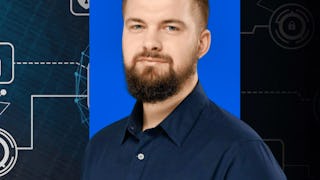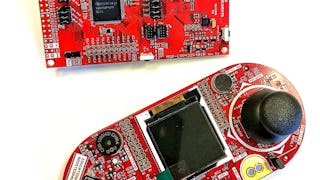All about practical programming and creating IoTs applications!
In this course, we will talk about two components of a cyber-physical system, namely hardware and operating systems. After completing this course, you will have knowledge of both hardware components and operating systems. You are able to plan and use embedded operating systems in resource-constraint devices for Internet-of-Things (cyber-physical system) applications. In addition, you can use Cooja simulation for designing and simulating wireless sensor network applications. The course offers 4 modules, each with a graded quiz in the end and finally, one peer-reviewed programming assignment. In case you have no experience with C programming, please check a practical course like: https://www.coursera.org/learn/arduino-platform. The course is actually quite fun at the end when you play around with Cooja simulation for IoTs applications. So you can create and simulate your own design for sensor network applications. A lot of features and examples of Contiki and Cooja can be explored via assignments. There are some optional assignments of wireless sensor network applications for students who want to explore more about embedded OS in IoTs applications. - Marco Ramirez /University of Turku - Igor Tcarenko/ University of Turku - Nguyen Gia Tuan /University of Turku Ideate. Innovate. Iterate with EIT Digital























